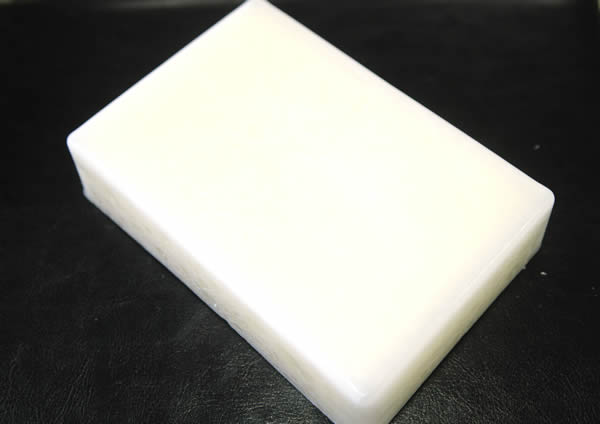| Golden Brand Bleached Bee’s Wax | Bleached Bee’s Wax deodorizing processed under molecular distillation, which prevent odor-returning phenomenon. In addition to manufacturing granulated products, we are manufacturing fine powdered products. |
|---|---|
| Deodorized Blue Brand Bleached Bee’s Wax | This is the purified and deodorized by bleaching process of Bee’s Wax mainly extracted from beehive of Western honey bee. |
| Blue Brand Bleached Bee’s Wax | This is the purified product of bleached Bee’s Wax which is mainly extracted from beehive of Western honey bee. Special attention is paid not to use any chemicals except using activated charcoal in order not to damage original ingredients of Natural Bee’s Wax. |
| Deodorized Red Brand Bleached Bee’s Wax | This is the purified and deodorized by bleaching process of Bee’s Wax mainly extracted from beehive of Oriental honey bee. The characteristic of this is seen in its low acid value. |
| Red Brand Bleached Bee’s Wax | This is the purified and deodorized by bleaching process of Bee’s Wax mainly extracted from beehive of Oriental honey bee. |
| Golden Brand Food Additive Bee’s Wax | This is the special bleached Bee’s Wax that satisfies food additive standard, deodorizing processed under molecular distillation. |
| Food Additive Bee’s Wax | This is the purified bleached Bee’s Wax that satisfies food additive standard. |
| ※For product lineup standards, see the product standard table for each application at the bottom of the page. |
| Refined Non-bleached Bee’s Wax | This is the purified product of bleached Bee’s Wax which is mainly extracted from beehive of Western honey bee. This product maintains well its original characteristics of Natural Bee’s Wax. The product is categorized to grades of No. 5, 6, 7 and 10 by the Gardener Color Shade. We are also offering Bee’s Wax with lower acid value as special production grade. |
|---|---|
| Food Additive MITSUROU Bee’s Wax | The product satisfies food additive standard. |
| ※For product lineup standards, see the product standard table for each application at the bottom of the page. |
method
Gathering work of Candelilla plants is continued almost year around and sap is extracted at the extraction plant from the cut back and solar dried plant. The natural wax extracted in this manner is called as “Cerote” and has dark gray color. The Cerote is then transported to the purifying plant from extraction plant to receive purifying process. Generally the term called as “Standard Product” in Mexico means the purified wax of this stage and which is not the same as the “candelilla wax” normally used in Japan as the material of cosmetics, because it is necessary to receive some more purifying processes of bleaching and deodorizing or eliminating resinic contents to satisfy the required condition for this application.
The major composition of Candelilla wax is configured from 45% of Hydrocarbon such as Hentriacontance and Trtriacontance, 29% of Ester such as Sitosterol, Dihydroxymiricinoleic acid and 26% of other ingredients such as free alcohol, free fatty acid, lactone and other resinic contents.
For the application of cosmetic products field, the Candelilla wax is blended as the material of lipstick, eye-black and eye-shadow. Furthermore for the food product application the wax is contained to various materials as basic matter of chewing gum, moisture-proof material or glazing material of candy or chocolate. Moreover, this is used as glazing, finishing agent for the various industrial applications as well as used as electric insulator or desiccating material.
About Ibotaro
Ibotaro (Ihota wax) is a wax secreted by insects belonging to the family Coccidae. Males such as scale insects grow in clusters on the branches of the Oleaceae tree when they are larvae, secrete white wax substances, and become adults from pupae in the wax mass. By scraping the wax on the branches, adding water and boiling, the heated and melted wax floats. Put the wax in a scooping mold and let it solidify.
Ibotaro is yellowish white, very hard, brittle, fibrous and crystalline translucent. It has a high melting point of about 80 to 84 В° C. It is used as a paint additive, for polishing wooden products such as paulownia boxes, and as a slipper for joinery sill such as bran.

